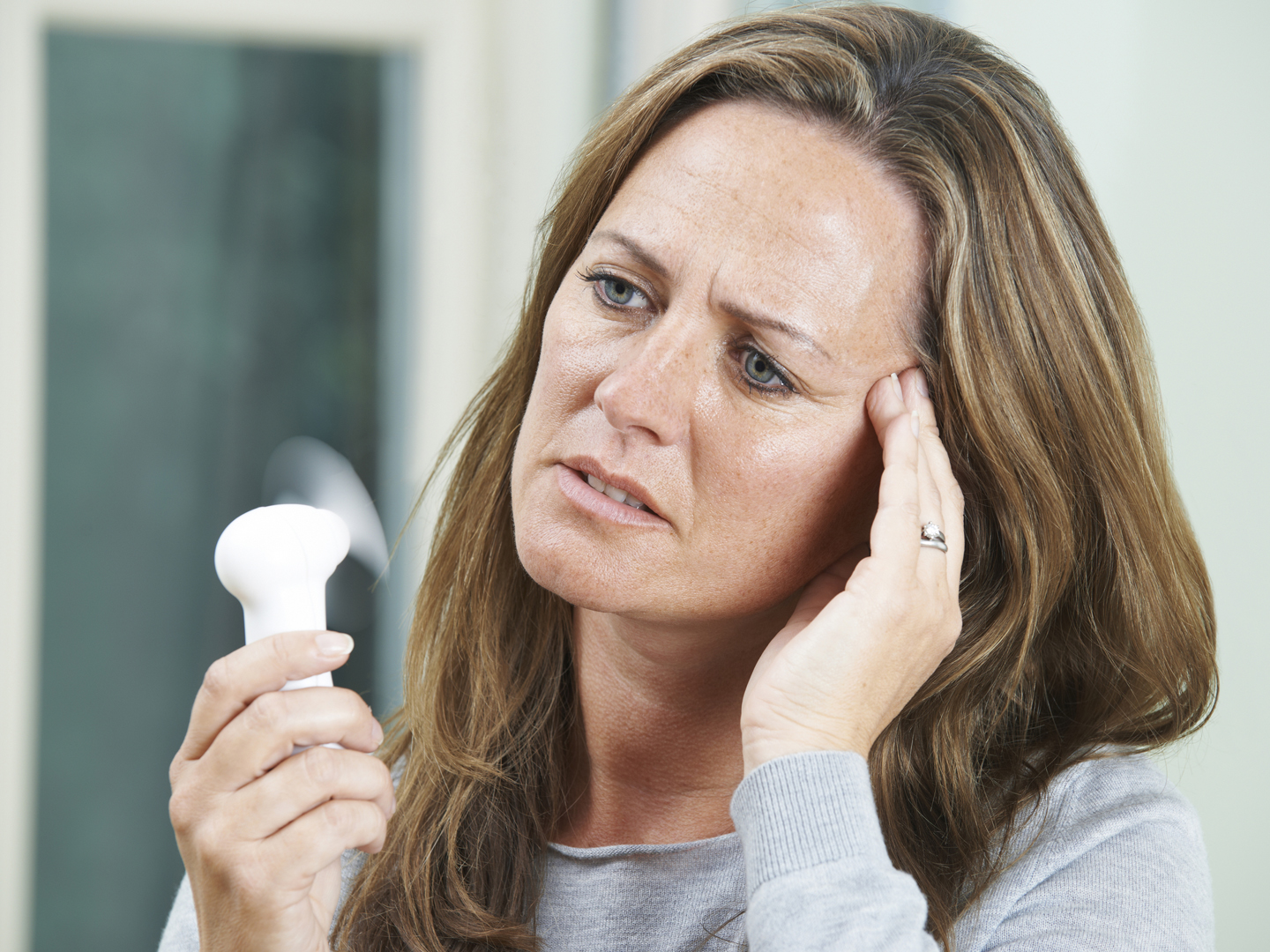Cervical Dysplasia

Cervical dysplasia is a condition of abnormal cell growth in the uterine cervix, the opening from the uterus to the vagina. It is easily diagnosed by a Pap smear and is considered to be a precancerous condition.
Causes and Symptoms
Infection with certain strains of human papillomavirus (HPV) is responsible for most cases of cervical dysplasia. There are many factors that may increase one’s chances of developing cervical dysplasia, include age of first sexual activity, use of birth control pills, smoking and poor diet, but anyone who has been sexually active is at risk. There are no symptoms associated with cervical dysplasia; it is generally discovered through an annual Pap smear.
Suggested Lifestyle Changes
Practicing safe sex or abstinence will reduce the chances of exposure to HPV. Eating generous amounts of vegetables and fruits is thought to help protect against cervical dysplasia.
Nutrition and Supplements
Cervical dysplasia has been linked to a low intake of several B vitamins including folic acid, pyridoxine and riboflavin. Taking these supplements may be beneficial.
- Start taking my antioxidant formula, plus 10 mg a day of folic acid.
- Increase consumption of vegetables in the cabbage family or take supplemental indole-3-carbinol, 200-400 mg a day. (A third of a head of cabbage provides 400 mg of this cancer-fighting substance.)
- Ask a naturopathic doctor to prescribe vaginal suppositories containing vitamins and herbs that help reverse dysplasia.
After a month of the above regimen have another Pap smear done. If it is normal, discontinue the suppositories and cut the dose of folic acid to 2 mg a day and stay on it indefinitely. If the smear is still abnormal, continue the regimen for one more month and have one more smear checked before resorting to conventional treatment. In either case, continue yearly Pap smears.









